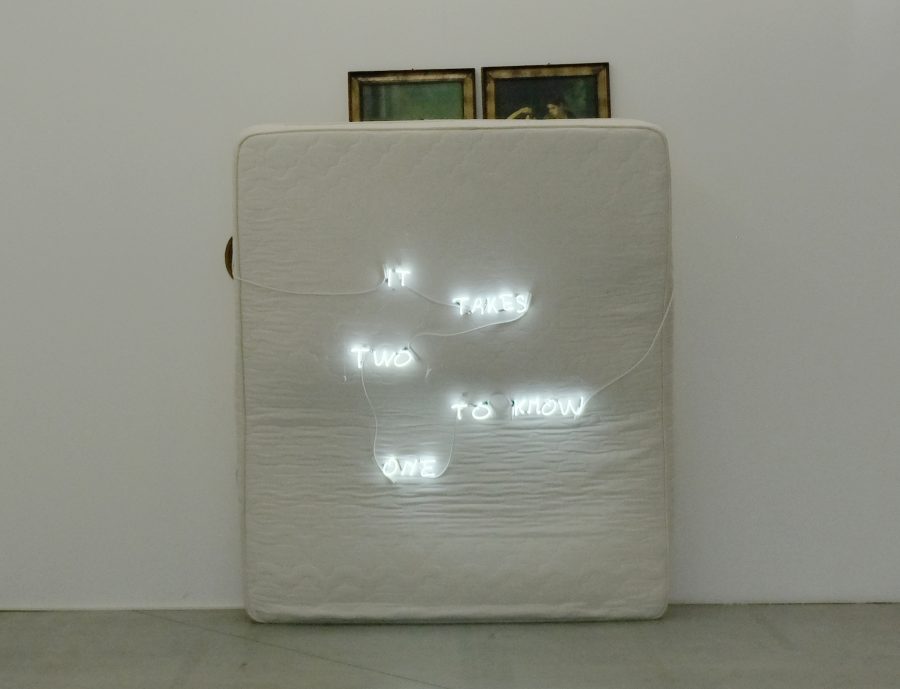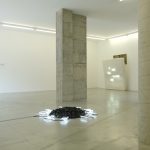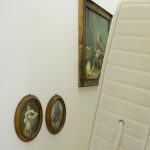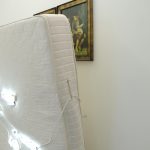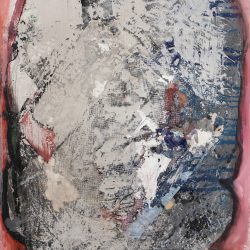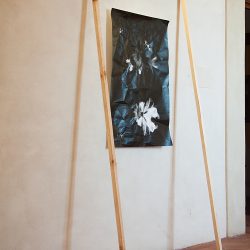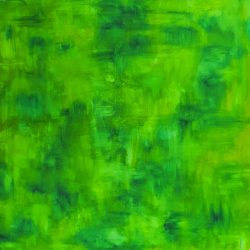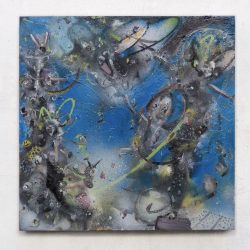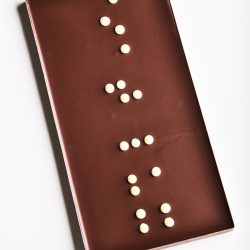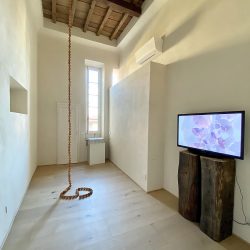work
It takes two to know one
| category | Installation |
| subject | Political / Social, Abstract |
| tags | identity, relationship, perception |
| base | 190 cm |
| height | 220 cm |
| depth | 40 cm |
| year | 2021 |
Installation, mattress, neon sign, ready-made paintings. Edition 1 + 1 A.P.
It is legitimate to ask whether the significance of works like "It takes Two to know One" resides in the gestures and in the processes that take place while they are being exhibited, or they are guided by a conceptual map, an experiment that Luli sets up. To distinguish the object, we can – or perhaps we must – necessarily consider the works in question as the result of an interaction between ideas and action. In this way, we can go beyond the mere description and understand their aesthetic magnitude, their nature and the quality of the processes involved in the making.
"It takes Two to know One" puts us before an ordinary object and leaves us no room to escape. Leaning vertically on a wall, an old mattress dominates the foreground, leaving a tiny aperture to gaze at details of modern paintings in the background. “Times seems to be passing. The world is happening, moments take place, and you stop to take a look (…)”. There is a bright light, a sense of precisely organized things: the mattress is a double, the subjects of the paintings on the background are always paired up, the neon shouts that without two we can’t know one, and it inflicts so much awareness of this that the onlooker will annihilate, with more conviction, the ways in which things are possible rather than their reasons or their meanings.
The audience acts as a spy observing these objects conditioned by their own private history; the audience has the opportunity to choose whether to participate to the works’ attentional control, or to leave. We can thus read them as an ensemble of conceptual schemes, with a preparatory and educational value aimed at future behavioural experiments.
It is legitimate to ask whether the significance of works like "It takes Two to know One" resides in the gestures and in the processes that take place while they are being exhibited, or they are guided by a conceptual map, an experiment that Luli sets up. To distinguish the object, we can – or perhaps we must – necessarily consider the works in question as the result of an interaction between ideas and action. In this way, we can go beyond the mere description and understand their aesthetic magnitude, their nature and the quality of the processes involved in the making.
"It takes Two to know One" puts us before an ordinary object and leaves us no room to escape. Leaning vertically on a wall, an old mattress dominates the foreground, leaving a tiny aperture to gaze at details of modern paintings in the background. “Times seems to be passing. The world is happening, moments take place, and you stop to take a look (…)”. There is a bright light, a sense of precisely organized things: the mattress is a double, the subjects of the paintings on the background are always paired up, the neon shouts that without two we can’t know one, and it inflicts so much awareness of this that the onlooker will annihilate, with more conviction, the ways in which things are possible rather than their reasons or their meanings.
The audience acts as a spy observing these objects conditioned by their own private history; the audience has the opportunity to choose whether to participate to the works’ attentional control, or to leave. We can thus read them as an ensemble of conceptual schemes, with a preparatory and educational value aimed at future behavioural experiments.



